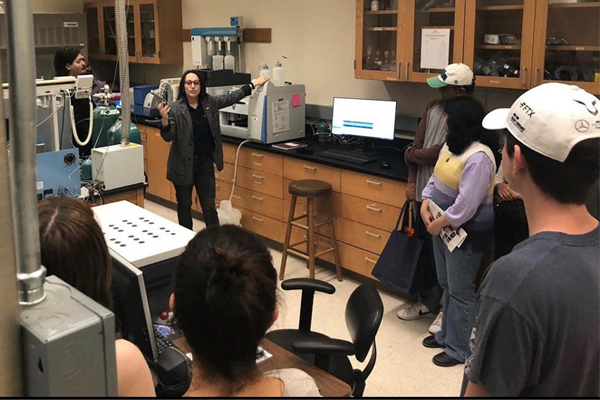
Chemical Hydrology and Mass Spectrometry Lab
FLN 1.03.06A/B/C
Research focuses on issues of water resources, water availability, and understanding the cycling of different metals and organic compounds in our groundwaters, surface waters, soils, and sediments, as well as how land use pattern changes affect the distribution of such metals and pollutants in our environments.
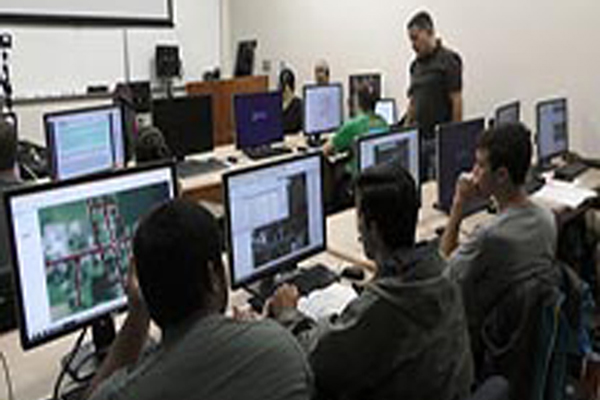
Computer Labs
FLN 2.01.08 and FLN 3.01.04
The department has two computer labs, each equipped with 20+ high performing computers/workstations. These labs mainly serve as classrooms for remote sensing, GIS, Geoinformatics, hydrology, and petroleum related classes. They also serve as additional computing research facilities for undergraduate and graduate students in the department.
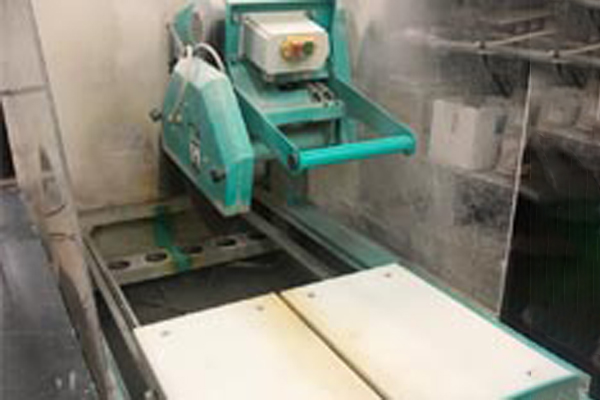
Geology Rock Preparation Facility
FLN 1.01.32
This shared facility houses several water- and oil-lubricated saws that permit cutting of rock samples of various size and hardness, a shatterbox of powder rock samples, and cabinets for temporary and permanent storage of rock samples.

Heat and Mass Transfer and Experimental Rheology (HAMsTER) Lab
MS 3.02.44
Research focuses on understanding volcanic activity on Earth and other planets, using field, experimental, and theoretical approaches. Key lab equipment includes differential scanning calorimeters (DSC), high temperature rheometers and viscometers, and light flash analysis (LFA) for measuring thermal conductivity.
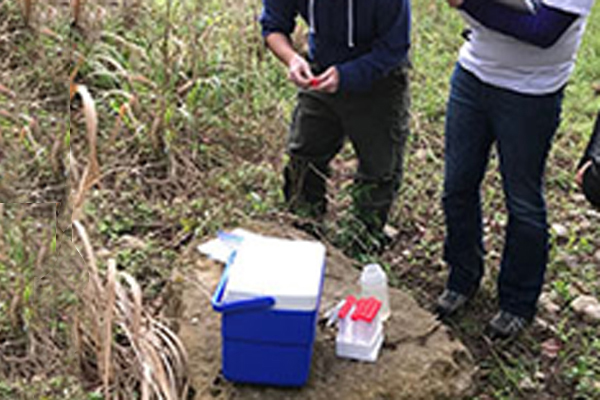
Hydrogeology Facility
FLN 1.03.02D
The Hydrogeology Facility includes field and experimental equipment for surface water and groundwater sampling, in-situ water level and water quality logging and monitoring, flow measurements, and tracer tests for surface water and groundwater interactions.

Laboratory for Ocean Studies
FLN 1.03.02F
The Laboratory for Ocean Studies carries out and trains students on how to conduct oceanographic research focusing on ocean physics and air-sea interactions.
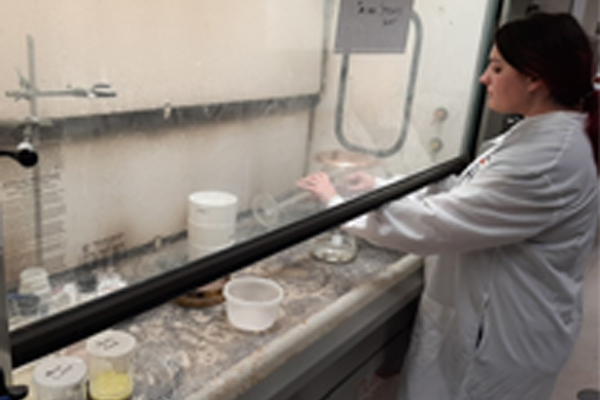
Micropaleo and Stratigraphy Facility
FLN 1.03.02B
The Micropaleontology and Stratigraphy Facility supports research and the teaching of procedures by which rocks are dissolved in acid or disaggregated by other chemical methods, mostly for the purpose of recovering microfossils to age-date the rocks and determine stratigraphic relationships. Other types of research that require rock disaggregation can be accommodated.

Optical Microscopy Laboratory
FLN 1.03.02C
This facility is equipped with a stereo microscope (Leica S8APO), a research-grade petrographic microscope (Leica DM2500P), and a Relion Reliontron cold cathodoluminescence mounted on a Leica DM2700 P microscope. Cathodoluminescence imagery allows the characterization of cement phases and relate their chemistry to the fluid from which their precipitated, especially when combined with punctual carbon and oxygen stable isotope composition measurement. Images are acquired using a Leica DFC450 digital camera that can be mounted on each microscope. The facility is accessible after taking a mandatory online course on Lab safety and X-ray safety.
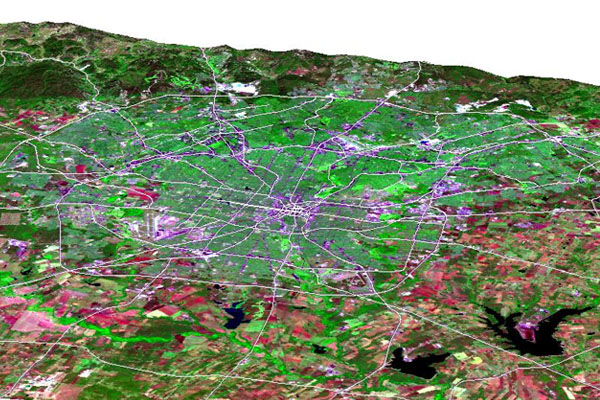
Remote Sensing and Geoinformatics Research Group
FLN 4.02.08
The Remote Sensing and Geoinformatics Research Group studies the Earth Systems: land, ocean, water, cryosphere, and atmosphere and other planets, using various remote sensing, GIS, AI, and cloud computing technologies.
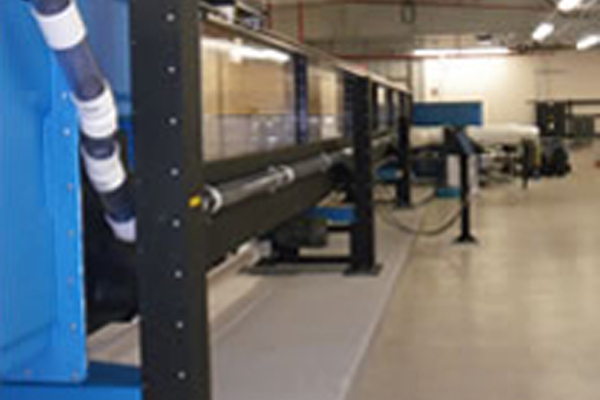
River Science Laboratory
SEL 1.01.08
The River Science Laboratory supports teaching and research activities related to fluvial geomorphology, hydrology, and aligned disciplines with its field and experimental equipment and resources.
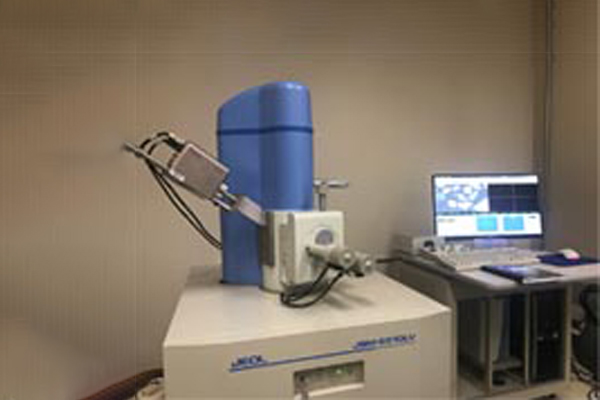
Scanning Electronic Microscope (SEM)
FLN 3.01.45
A JEOL JSM-6510LV permits the observation and imaging of samples (sediment, rock, thin section) that are previously coated with a thin layer of carbon using a Hummer X (Anatech Ltd.) carbon coater sputter. Future improvement includes the installation of an Energy Dispersive Spectroscopy (EDS) and a cathodoluminescence probe on the SEM to allow the qualitative analysis of samples. The facility is accessible after taking a mandatory online course on Lab safety and X-ray safety.

Snow and Ice Geophysics Laboratory (SIGnL)
FLN 1.03.04
The Snow and Ice Geophysics Laboratory is a research lab with the University of Texas at San Antonio. SIGnL is engaged in comprehensive research of the polar regions of the world through research cruises, field data, and remote measurements. With this data, researchers at SIGnL develop new geophysical techniques and models that improve our understanding of polar processes.
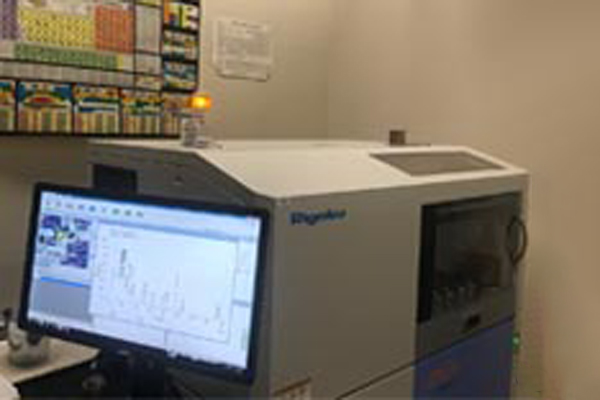
Wavelength Dispersive X-Ray Fluorescence Spectrometry (WD-XRF)
FLN 3.01.45
A Rigaku Primus II WD-XRF permits the chemical analysis of fused, powdered and liquid samples, from Boron to Uranium, using a calibration or standardless method depending on the precision needed. Sample preparation consists in the preparation of glass beads using a Claisse LeNeo fluxer, and of pressed pellets to analyze the concentration in major and trace elements in powdered samples, respectively. The calculation of the Loss On Ignition (LOI) using a muffle oven permits to correct for the presence of volatiles. The facility is accessible after taking a mandatory online course on Lab safety and X-ray safety.

